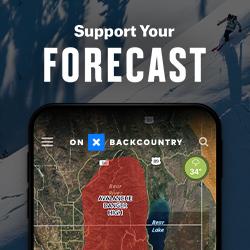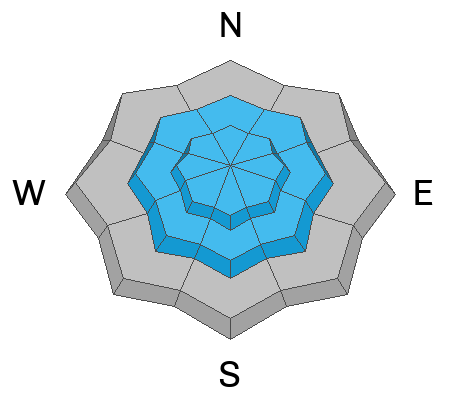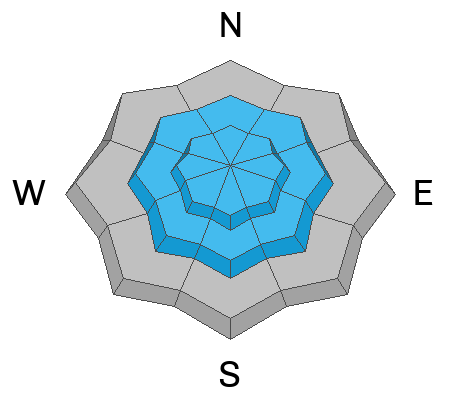Forecast for the Provo Area Mountains

Issued by Nikki Champion on
Wednesday morning, January 18, 2023
Wednesday morning, January 18, 2023
The avalanche danger is MODERATE at all upper and mid-elevation slopes where freshly formed wind drifts, and both soft slab and dry loose avalanches within the new snow are the main avalanche problems. The avalanche danger is LOW at the lower elevations where there has been less new snow. Evaluate snow and terrain carefully today.
If the sun comes out this afternoon it wouldn't take much for the cold new snow to warm quickly, become wet, and begin producing wet loose avalanches on low-elevation slopes and steep solars.

Low
Moderate
Considerable
High
Extreme
Learn how to read the forecast here





